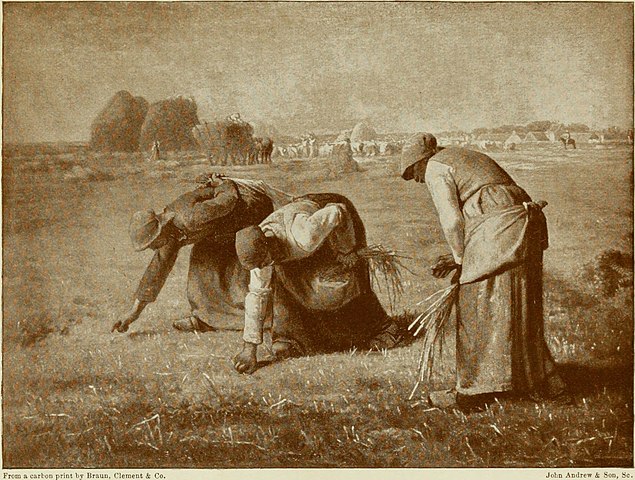Hoarding has suddenly arrived, lean operations are over as shortages spread across the world
Ukraine, a major exporter of grain and other food crops, announced shortly after the Russian invasion of the country that it ban exports of many food crops to ensure that Ukraine has enough to feed its people.
Russia, another major exporter of cereals, particularly wheat, reduced its exports of wheat, rye, barley and maize. He also reduced sugar exports.
The list of countries banning or reducing food exports is now growing so quickly that it’s starting to look like a pile-up on the highway:
- Argentina, a major exporter of soybeans, has halted exports of soybean oil and soybean meal.
- Hungary has grain exports banned.
- Moldova has halted wheat, corn and sugar exports.
- India, world’s second largest producer of sugaris considering cap on sugar exports until the end of September. The 8 million tonne cap would effectively cut off sugar exports after May.
- Indonesia, the world’s largest exporter of palm oil, reduced exports to control local prices as they have increased by 50% so far this year.
- Serbia will stop exporting wheat, corn, flour and cooking oil.
- Turkey has halted the re-export of grains, oilseeds, cooking oil and other agricultural products from other countries that are now in warehouses and were destined for other countries until the ban.
- Jordan has export or re-export prohibited rice, sugar, milk powder, dried pulses, fodder, wheat and wheat products, flour, yellow corn, ghee and all types of vegetable oils.
Of course, there is a wide range of natural resources, manufactured goods and other products that are no longer flowing to Russia due to sanctions resulting from the Russian invasion of Ukraine. And there are counter-sanctions, including a ban on fertilizer exports from Russia, which is the fourth largest producer of phosphate and nitrogen fertilizer in the world.
China, the world’s largest producer of phosphate fertilizers, exports banned last year until end of 2022 to ensure that China has enough for its own farmers. And China was stockpiling grain long before the Russian-Ukrainian conflict, store what is now thought to be half of the world’s grain reserves. In reality, the Chinese government has gone so far as to urge the Chinese public to stock up on food at the end of last year with predictable and chaotic results.
Next come threats to food crops unrelated to international conflicts and actual levels of supply. A Canadian National railway strike threatened to cut Canadian fertilizer shipments to the United States before the company made concessions that ended the strike.
Part of the reason for the sudden rush for food and other resources is that since the early 1990s the buzzword among industry, some governments and even some non-profit service organizations has been “lean”. Leading Lean organizations—see a definition here— has been a way to improve profitability by reducing costs and streamlining processes to allow organizations to do more with less. That makes perfect sense, doesn’t it?
Now, here’s the most important thing you need to know about lean organizing principles: “Inventory is considered one of the biggest wastes of any production system.”
This largely explains how virtually the entire world (with the exception of China) was caught off guard during the disruption of logistics and food production systems in the face of a pandemic and now what is arguably the start of the third world war (although, as I explained in a previous piece, this is not the world war we expected). Food, of course, isn’t the only thing that’s been affected. Most notably, semiconductors found in a myriad of devices, vehicles, electronics, and industrial systems are also rare.
But we don’t need to eat semiconductors to live. Food is central to any society for obvious reasons. It is to the credit of the lean organization ideology of borderless free trade that it has endured so long in the face of the obvious facts about the very nature of civilization. Let me end with an excerpt from a previous piece that makes the point:
Civilization, that is, the gathering of people into large settlements that we call cities, is thought to owe its origins in part to the invention of agriculture. By increasing the surpluses of food crops, farmers enabled the creation of an urban non-agricultural class that engaged in all sorts of cultural, governmental and commercial activities. These activities are of concern to the vast majority of people in advanced economies today.
From year to year, the new settlements of ancient civilizations ensured their sustainability thanks to a very important measure: the storage of surplus food crops, especially cereals. This allowed them to endure one crop failure or even two or three without collapsing.
What a supreme irony when the sine qua non of civilization – the maintenance of a stock of essential materials – is in our time considered a source of inefficiency and waste to be avoided at all costs.
I expect more countries and organizations to abandon the “lean” ideology and source their supplies in the coming months.
Image: “The Gleaners” by Millet (1857). “The gleaners are three women from the poorest peasant class. They are neatly dressed in their coarse working clothes and wear scarves tied over their heads, the brim of which extends a little beyond the forehead to shade the eyes. The dresses are rather low-cut, because they are hot. They push their way through the coarse stubble, as sharp as needles, picking up here and there a stray ear of precious wheat. “
Via Wikimedia Commons https://commons.wikimedia.org/wiki/File:Jean_Fran%C3%A7ois_Millet;_a_collection_of_fifteen_pictures_and_a_portrait_of_the_painter,_with_introduction_and_interpretation_(1900)_(14577650019).jpg


Comments are closed.